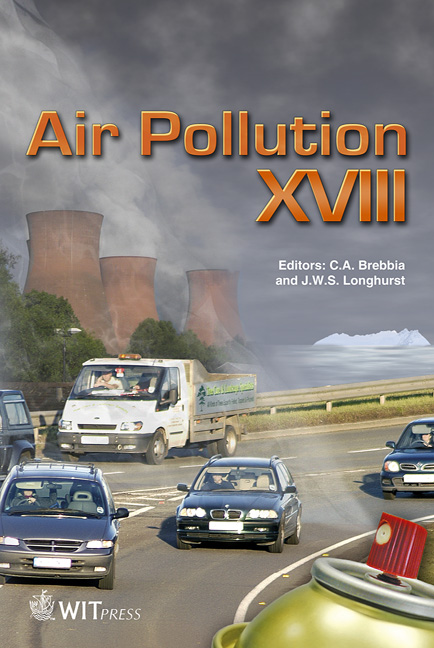A Study Of Gas-particle Partitioning Of PAH According To Adsorptive Models And Season
Price
Free (open access)
Transaction
Volume
136
Pages
12
Page Range
37 - 48
Published
2010
Size
944 kb
Paper DOI
10.2495/AIR100041
Copyright
WIT Press
Author(s)
S. Pongpiachan, K. F. Ho & S. C. Lee
Abstract
Vapour-phase and particulate air samples were collected in a rural area of England in a cold period (20/11/2003 - 22/12/2003) and a warm period (5/5/2004 - 26/5/2004) to investigate the seasonal effect on gas-particle partitioning of PAHs. Three different sorptive models, namely Dachs-Eisenreich (ab/adsorption), KOA (absorption into organic layer) and KSA (adsorption on the soot surface) were applied and, as expected, the inclusion of an adsorptive mechanism provided better predictions of KP values for all PAHs. The ratios of measured-KP/Dachs-Eisenreich-KP are 1.03 ± 0.12 and 1.06 ± 0.15 in the cold period and warm period respectively for a group of medium molecular weight compounds. The model results indicate a far greater importance for both adsorptive and absorption processes rather than the absorption mechanism alone in determining the gas-particle partitioning of PAH. There was little difference between log KP values for the medium and high molecular weight PAH between the warm period and cold period campaigns despite a difference in mean temperature of 10ºC. This can be explained by a difference in aerosol properties between the two campaigns and it is postulated to be attributable in minor part to a greater fraction of elemental carbon present in the warm period aerosol, which derives from a greater proportion of continental air masses than in the cold period, but predominantly to the lesser relative humidity in the warm period
Keywords
polycyclic aromatic hydrocarbons, organic carbon, elemental carbon, gas-particle partitioning coefficient, absorption, adsorption, seasonal variation





